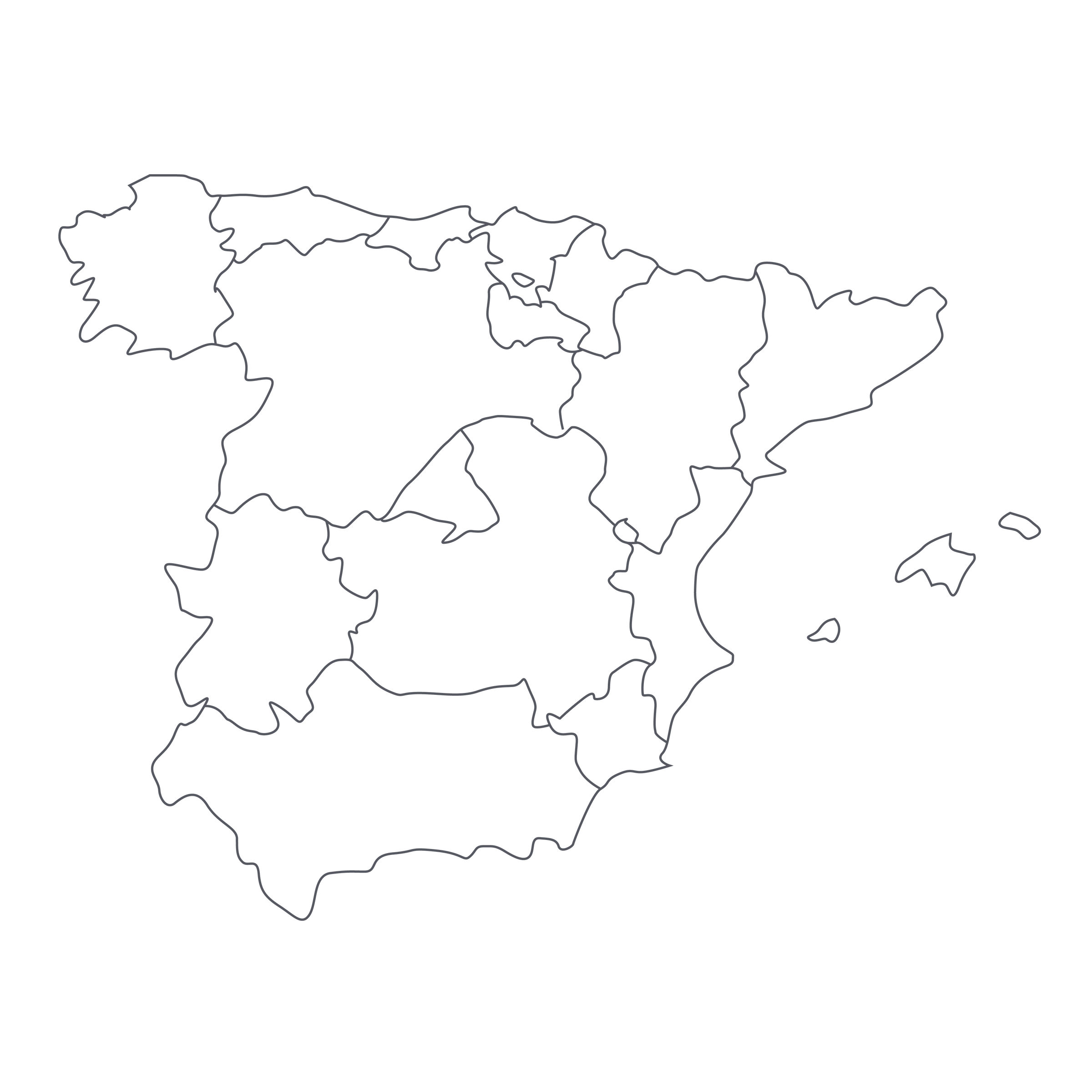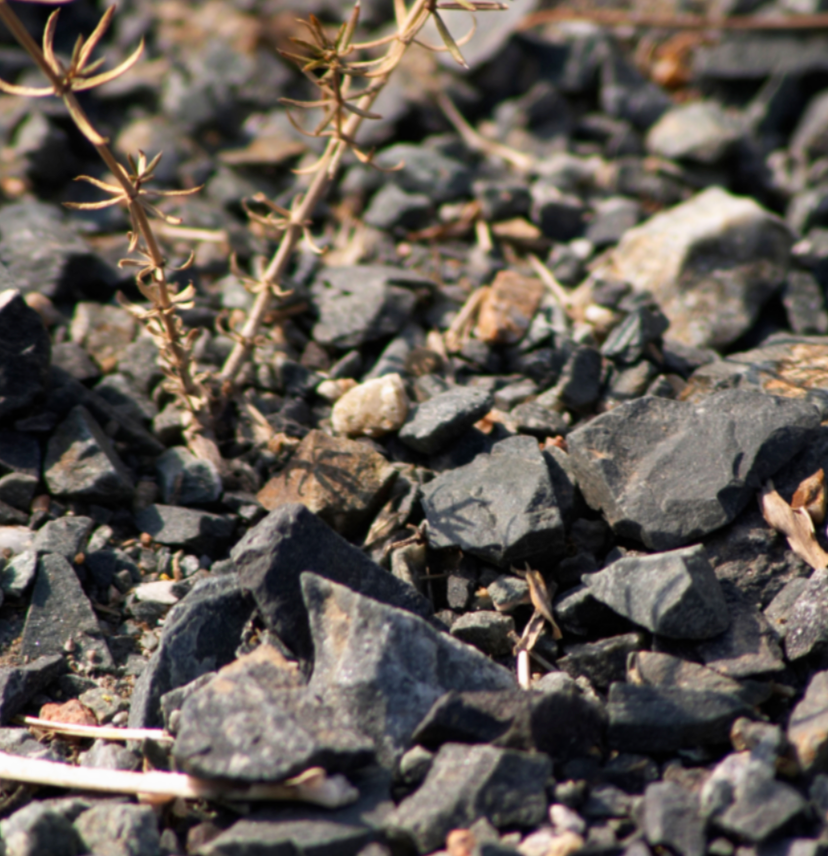My early years in the wine world coincided with the “dark ages” of Spanish wine in the US. In the early 2000s many wines from Spain were flat, dark purple, dripping with syrupy oak and alcohol while possessing of little true “terroir” character. Fortunately, the last five years have seen a renaissance for esoteric, regional Spanish wines, and particularly those hailing from the northwest region of Galicia. The cool, Atlantic climate is ideal for producing wines of great balance and mineral purity. It’s a short list, but the very best of these wines combine the finesse of Burgundy, the savoriness of Chinon and the brooding depth of the northern Rhone—all tied together with an electricity and aromatic palate that is uniquely Spanish.
At the very top of my list sit the inimitable wines of Luis Rodriguez. Luis farms a mere 5 hectares that are spread across over 100 truly tiny vineyard parcels in the rural Galician village of Arnoia. These “micro parcels” hug the granite hillside at 1,000 feet elevation and offer a diverse mosaic of soil characteristics and aromatics, all of which are brilliantly delineated in the estate’s final cuvées. After studying viticulture and enology at the esteemed University of Madrid, Luis worked and traveled extensively across the great appellations of Europe before bottling his first vintage in 1988. Almost three decades later, Luis' small “one man show” has earned a singular status in the region. Simply put, these are some of the best and most cellar-worthy wines produced in Spain.
The 2012 Luis Rodriguez Ribeiro “A Torna Dos Pasas” shines in the glass with brilliant purple and magenta hues—it appears vivid and alive. This energy is echoed on the palate with bright, mouthwatering freshness and a palpable electricity. As always with Luis’ wines, the aromatics are brilliant: fresh picked plum, red currants, black cherry, a myriad of wild flowers, smoke, cedar, wet stone, graphite, and the list goes on. This is a stunning wine that goes toe-to-toe with Burgundies of twice the cost.
I suggest enjoying this wine two ways, first, grab a few bottles and stash them away in your cellar. Luis’ wines are famous for improving for decades and the 2012 vintage is certainly built for the cellar. As the wine matures over the next 4-5 years, its tannins will melt away and the brilliant fruit character of today will evolve into the savory and magical black truffle/mushroom/dried flower territory collectors seek and seldom find in truly world class red wines. The second and equally thrilling option is to drink this wine immediately. Its crunchy freshness makes it a wonderful companion for a whole roasted chicken with root vegetables and wild mushrooms. I recommend decanting for one hour and taking care that the wine does not rise to room temperature (you can put the decanter in the refrigerator for 15 minutes or so before dinner). Serve this delicious red in a large Burgundy stem.





